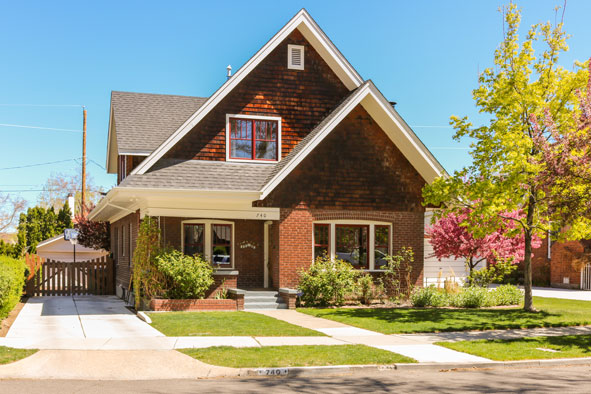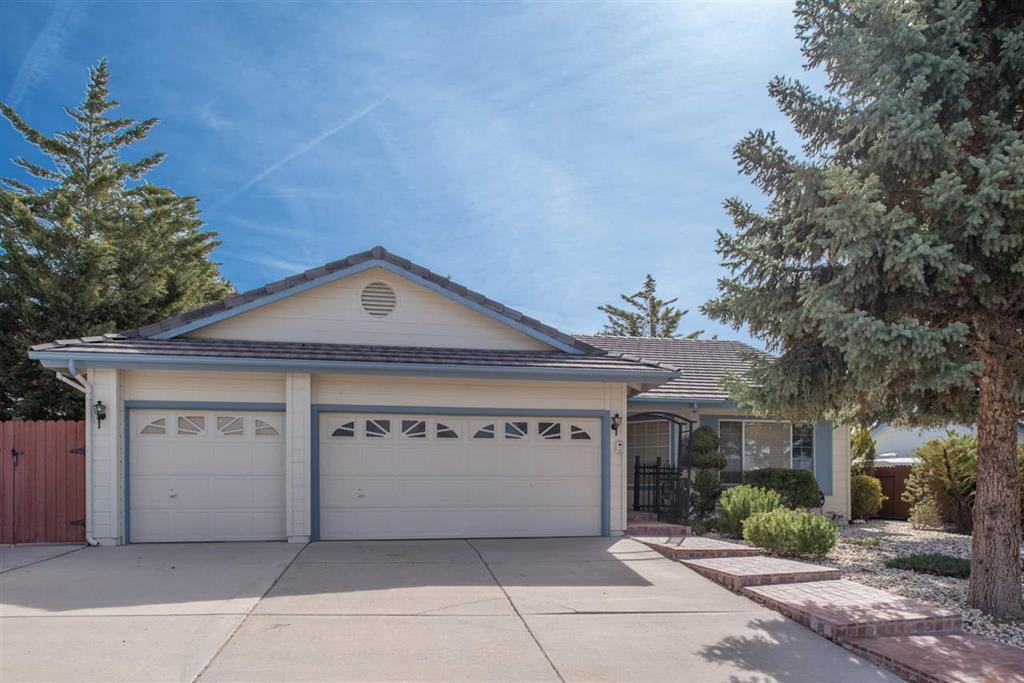Supply and demand is a fundamental concept of economics. Demand refers to how much of a product is desired by buyers at a certain price. Supply represents how much of a product there is in the marketplace. Price is a reflection of the relationship between supply and demand. That pretty much explains what is going on in our housing market. In certain price ranges (up to $600,000), we have low supply but high demand, and therefore we are seeing prices rise. In the higher price ranges, where there is more supply, we are seeing a longer time on the market and prices stabilizing and even being reduced to sell or in some cases, not selling at all.
Watching home prices rise has been a beautiful thing because as we all know, our home prices dropped by about 62 percent of their value in the downturn. Before anyone talks “bubble,” remember we are seeing homes at the median price they were between 2004 and 2005, according to Shelley Specchio of the Northern Nevada Regional Multiple Listing Service. Brian Bonnenfant from the Center for Regional Studies at the College of Business at the University of Nevada, Reno has been creating valuable housing statistical information for the past decade. One of the most interesting charts he has created is titled Single-Family Home Value “Bubble.” This chart shows the average appreciation rate per quarter from 1990 to 2001, at .97 percent. Using that same percentage and plotting median price from the first quarter of 2002 to the fourth quarter of 2015, our housing prices are almost exactly where they should be.
 While we are starting to see new construction ramp up in our market, which is critical, it is not happening fast enough to-date. We are in a market sweet spot where there is limited inventory in certain price ranges with high demand. Another study from Mr. Bonnenfant compares the employment growth in our market with the housing needs. He estimates conservatively that we need 3,063 new single family homes in 2016 with only 1,995 housing permits being pulled at the end of 2015. We will see builders gear up with the high demand in our area and once that happens, prices will start to stabilize and perhaps drop a bit (think supply and demand).
While we are starting to see new construction ramp up in our market, which is critical, it is not happening fast enough to-date. We are in a market sweet spot where there is limited inventory in certain price ranges with high demand. Another study from Mr. Bonnenfant compares the employment growth in our market with the housing needs. He estimates conservatively that we need 3,063 new single family homes in 2016 with only 1,995 housing permits being pulled at the end of 2015. We will see builders gear up with the high demand in our area and once that happens, prices will start to stabilize and perhaps drop a bit (think supply and demand).
There are two issues that will affect our entry level pricing and limit the growing price increases we have been seeing. The first is the affordability issue. We have already seen the affordability index in our market drop in the first quarter. This is an index which calculates the median family income and considers the prevailing market interest rate and the area’s median price to estimate who will be able to afford to purchase a median priced home in the community. While 25 percent of all sales in this price range are in cash, that still leaves 75 percent of this market that has depended on a loan to purchase. If there are fewer buyers who qualify because of tighter credit standards or a bump in the interest rate, the supply versus demand ratio will be affected, and prices will come down because there is less demand. A rise in interest rates will affect both buyers and sellers, not to mention it will start to affect what price one can afford to spend for their new home. Dereck Bowlen of Eagle Home Mortgage ran a comparison of what a half percent interest rate does to a purchaser. Using the median price of $296,000 with a 20 percent down payment, the difference between 4 and 4.5 percent translates into approximately $17,000 in price with a $70 monthly payment difference. While the higher payment may or may not affect a purchaser’s ability to qualify for a loan, it does amount to an extra $4,000 in interest a buyer will pay in the first five years of the loan.
Finally, if demand continues to outstrip supply, prices will continue to increase and we may begin to see a problem with appraisals matching the purchase price. This will increase the need for additional cash to close a transaction, or lower the number of potential buyers, which ultimately decreases prices.
So, if you own a home under $500,000, and you are thinking about your next move, this is the time when you can get a premium price for your home. If your next move might be to a higher price range, it is likely you can purchase that home, where there is more available inventory, at a very competitive price.
And if you are thinking of moving, consider selling now. If you own rental properties, and you don’t want to manage them or you want to convert that asset to cash, consider selling now. Encourage every builder you know to build. Eventually, new construction will catch up and we will not be in such a “seller’s market” which of course, affects pricing. It is the time to seriously consider selling, especially if you have a home in the 95 percent of the market that is under such stress.
This article was authored by Nancy Fennell, President of Dickson Realty, and appeared in Northern Nevada Business Weekly on Monday, May 2, 2016


